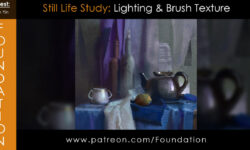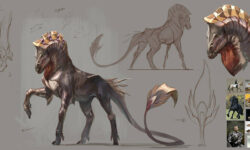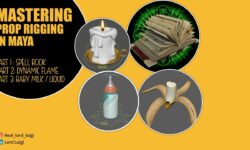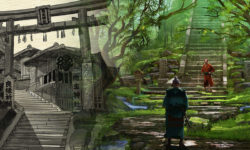Maya – Rendering with Arnold 5
Release date:2017, July 31
Duration:03 h 41 m
Author:Aaron F. Ross
Skill level:Intermediate
Language:English
Exercise files:Yes
Arnold is the new high-quality rendering engine in Maya. Realistic rendering in Maya is easier than ever with this brute force Monte Carlo ray tracer. Arnold’s physically based rendering accurately simulates light in the real world, but allows breaking physical laws to achieve artistic styles. This course is an overview of essential features for lighting, materials, and rendering in Maya using Arnold core version 5.
Topics include:
Arnold rendering concepts
Lighting with Maya and Arnold lights
Controlling exposure
Filtering light with Gobo
Light attenuation with Decay
Image-based lighting with Skydome
Exterior daylight with Physical Sky
Arnold Standard Surface material attributes
Mapping material attributes
Rendering refractions
Mesh subdivision and displacement at render time
Shading effects such as ambient occlusion and vertex color
Camera effects such as fisheye and depth of field
Animation image sequence rendering



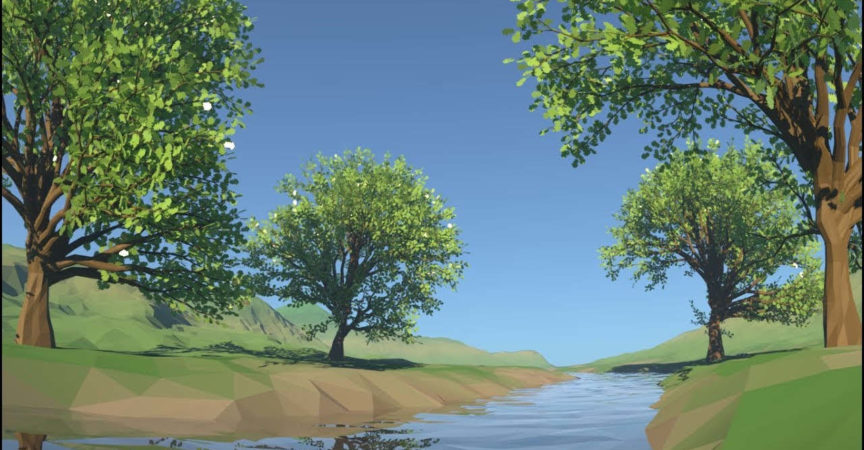

 Channel
Channel